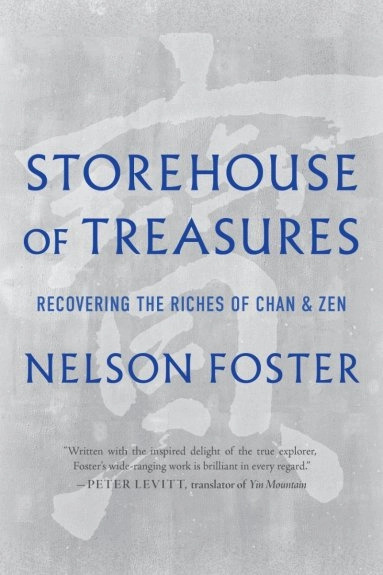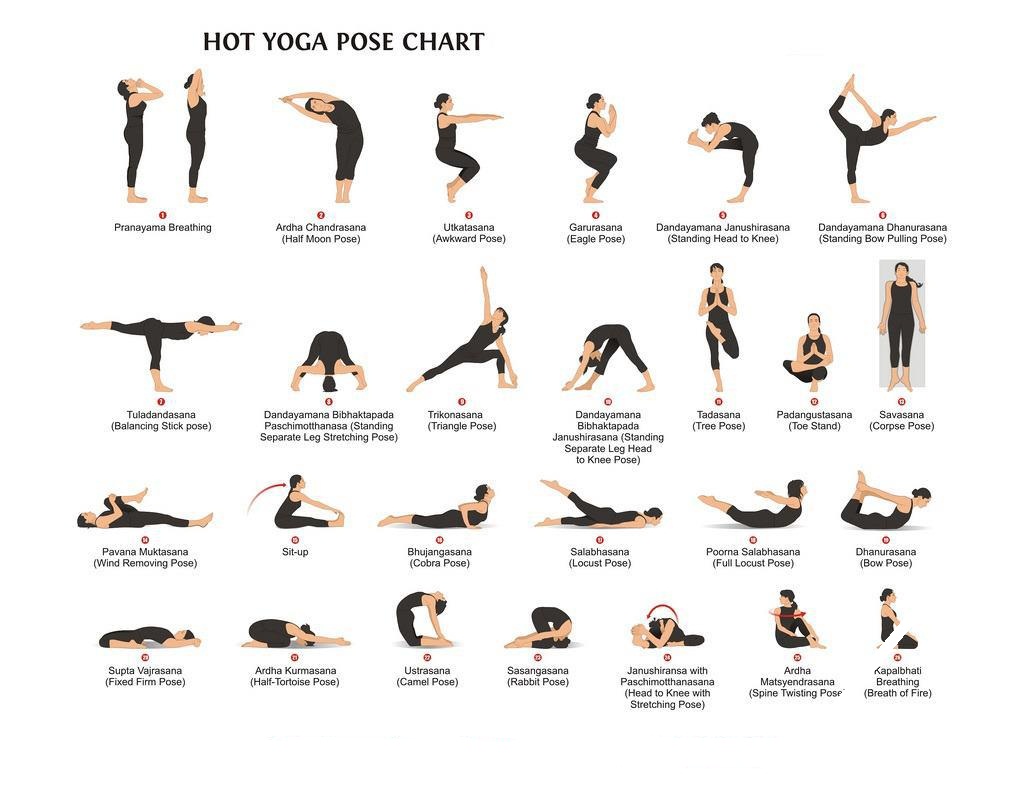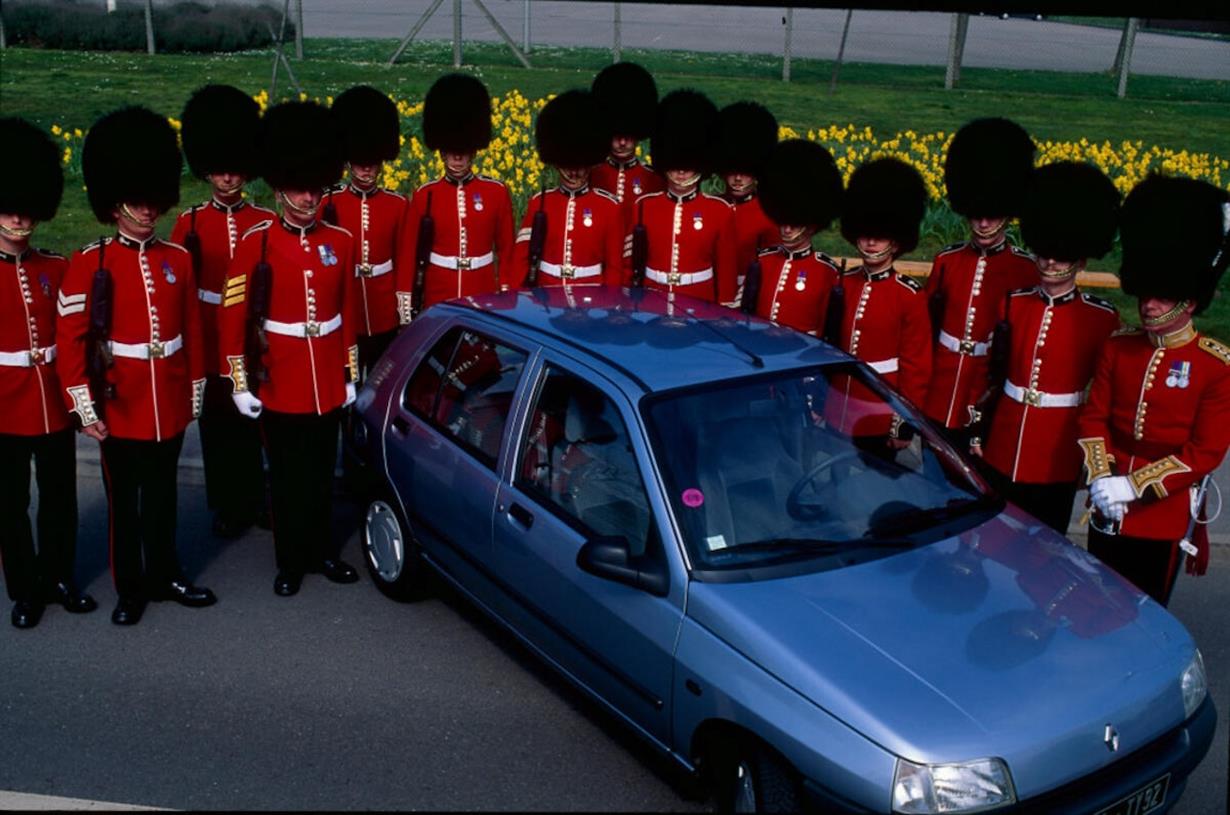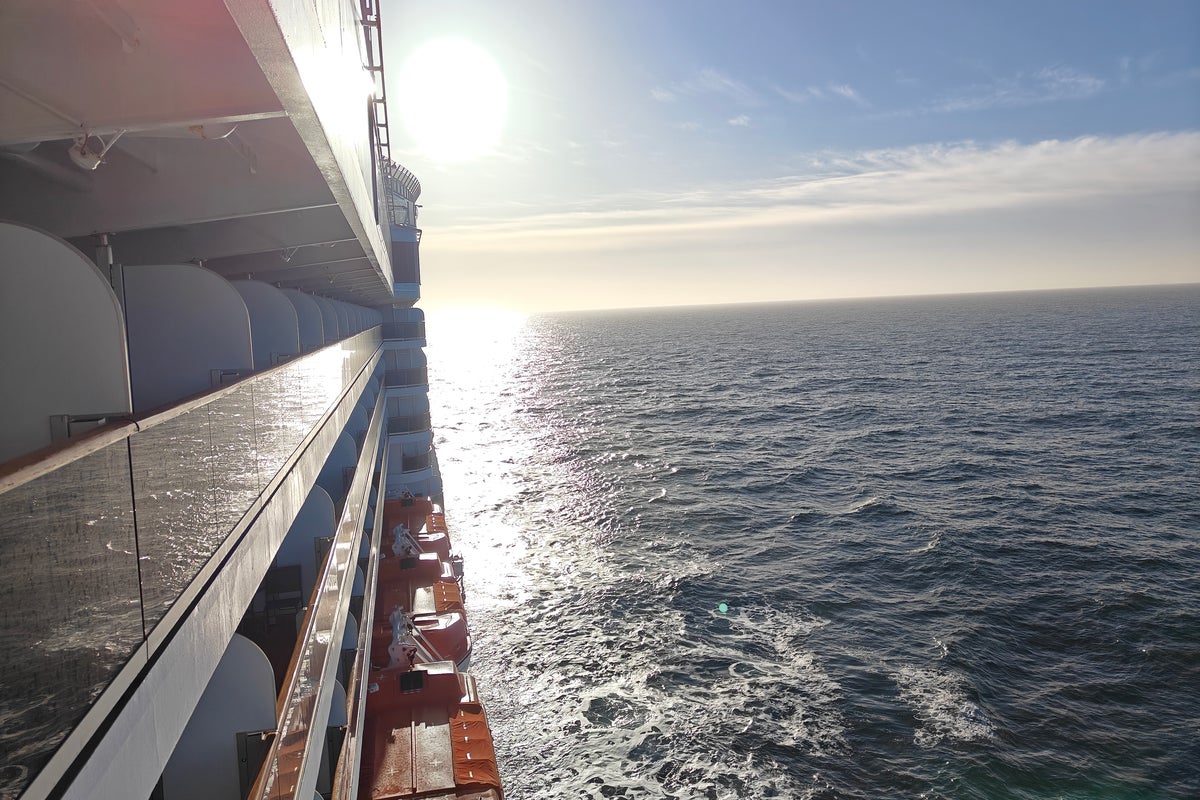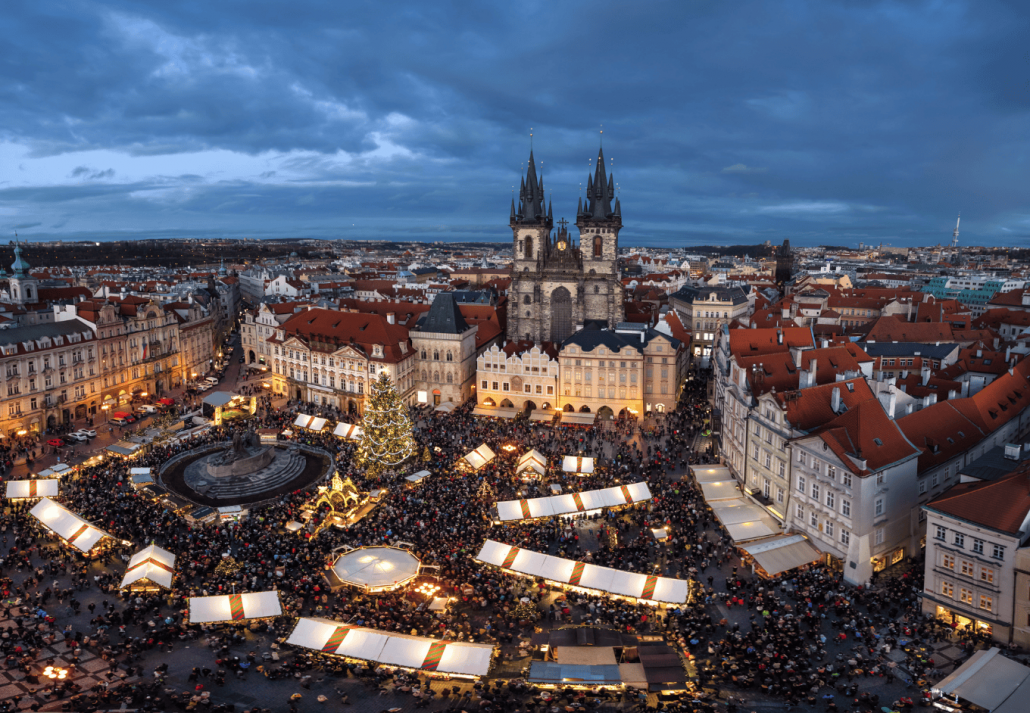Crossing Over
From messianic saving to the great boat of liberation The post Crossing Over appeared first on Tricycle: The Buddhist Review.

A few years ago, I collected fourteen translations of the Four Infinite Vows, a brief verse of commitment typically recited every day in Zen centers, temples, sitting groups, and homes as well as in other Mahayana Buddhist settings. Of these translations, ten used the word save in the first line, including the one that I’d chanted with slight variations for more than forty years: “The many beings are numberless; I vow to save them.” I drew my sample from diverse sources, and though far from complete, it probably represents usage in Zen communities in the United States reasonably well. It certainly demonstrates how hard translators have leaned on the verb to save.
It’s an old, compact, and powerful word, with several clusters of meaning and numerous applications. That makes it at the same time very useful and often nebulous, with some part of its usefulness derived, no doubt, from that very vagueness. One can save time by performing a task efficiently, save money by finding a bargain price, save leftover food by storing it properly, and save someone from bleeding to death by applying a tourniquet. But what does it mean to save a species? Is it enough to maintain a small population reproducing in a zoo, aquarium, or botanical garden? Can a language be saved in a meaningful sense by compiling a dictionary, working out its grammar, and archiving recordings of its last native speakers? What hope was it that pioneering forest ecologist Suzanne Simard meant to offer us when she wrote, “This is not a book about how we can save the trees. This is a book about how the trees might save us”?
No doubt some of the appeal and power of the verb to save stems from the importance of salvation in Christian doctrine, preaching, rite, and symbol, and even when the word appears in a decidedly nontheological context like “Save the whales!” it has at least a muted messianic tone. First-time visitors to a Zen temple reading the vow to “save” others might intuit that it has a different import than in common parlance, but they’d have to have superhuman insight to guess what “save” actually denotes in the context of that vow.
Since translators have employed save to interpret the meaning of several Chinese words, confusion about it goes well beyond the first of the Four Infinite Vows, but let’s begin with the character used in this instance, du. The character du typically refers to making a crossing of some kind, very often crossing a body of water. In medieval China or Japan, one could du by means of a boat or a bridge or by wading. People could du under their own power or be carried across through the efforts of others, and the crossing could be literal or, as in the first vow, figurative. Ordination came to be known as dedu (or te-tu; J.: tokudo)—to attain crossing. Buddhas and teachers were sometimes given the epithet Master of the Great Crossing, other times called upon to serve people by functioning as a Great Bridge.
Once we recognize that the vow to “save” others entails this sense of traversing a body of water, we find ourselves in a frame of reference that “saving” in itself doesn’t convey. It derives from an image, established in early Buddhism, of using a raft to cross the perilous river dividing “this shore” from “the other shore,” samsara from nirvana. The dualistic nature of the image made it a somewhat awkward fit for Chan, as a tradition insistent on the identity of samsara and nirvana, but the metaphor of the two shores and of liberation as a crossing from one to the other was cemented into Buddhist heritage so firmly that Chan and Zen masters inevitably retained it, albeit often subtly modified to suit their own purposes.
Sometimes in Chan and Zen texts, the word du alone conveys the idea, without explicit mention of the two shores, and in such instances, its translation as “saving” masks it totally. For example, in the classic account of the monk Huike begging the Indian sage Bodhidharma to instruct him, he frames his plea as an entreaty to “ferry over all kinds.” Even in highly reputable translations, this becomes a request to “save all sentient beings.” Similarly, though the recluse and poet Hanshan wrote, “With skillful means, I carry over all beings,” English readers have instead received, “I use what remedy is at hand to save the world.”
Seldom do Chan texts make ostentatious reference to the theme of crossing, but in a late account of the Sixth Ancestor Huineng’s awakening, an unlikely, almost slapstick scene overtly dramatizes the idea. To help Huineng escape pursuit by angry monks, Hongren, the elderly Fifth Ancestor, accompanies him to a river crossing in the middle of the night, directs him onto a small boat, and takes up the oar. Huineng objects:
“Your Reverence, please sit. Your disciple should row.”
Hongren said, “I should take you over.”
Huineng said, “When one is deluded, one thinks teachers take you, but when one has awakened, one realizes that one crosses over by oneself. Although ‘cross over’ is only a single term, its uses are varied. . . . I have received transmission of the dharma from you, master, and I have now become awakened. Can it be anything other than that self-natures have crossed themselves over?”
More often, the tradition has called on the image of crossing simply to promote the ethic of helping others to liberation, as in guidance that Yuanwu gave one of his students:
When you yourself have crossed over, you mustn’t abandon your bodhisattva vows. You must be mindful of carrying all beings across, steadfastly enduring the attendant hardship and toil that comes from serving as a boat to the realm of thoroughgoing wisdom.
Notwithstanding these examples, members of the tradition have preferred to soft-pedal the crossing metaphor, especially its going-from-here-to-there aspect. The concept gets trashed in a text customarily attributed to Bodhidharma but probably from a later hand:
When deluded, this shore exists; when you awaken, it doesn’t. Accordingly, ordinary people stay completely on this shore. But those who wake up to the supreme vehicle, their heartminds dwell neither on this shore nor on the other, so they can leave behind this shore and that. If people view that shore as differing from this one, their heartminds utterly lack dhyana [Skt.: absorption].
Masters also found ways to turn the imagery of boat and bridge in directions compatible with the tradition’s primary teachings. One approach has been to direct attention to the means and manner by which the great crossing is made. For instance, a dialogue in the record of Zhaozhou (later a well-known koan) alludes to a beautifully engineered bridge, still standing, in the city that gave the master his name:
A monk said to Zhaozhou, “For a long time, I’ve looked forward to seeing the stone bridge of Zhaozhou. Now I’ve arrived and see just a rude wooden bridge.”
Zhaozhou said, “You just see a rude wooden bridge. You don’t see the stone bridge.”
The monk asked, “What is the stone bridge?”
Zhaozhou said, “It carries donkeys over. It carries horses over.”
Some translators alter the grammar of Zhaozhou’s response, making the animals the subject of his dictum—“Horses cross, donkeys cross”—and thereby mistaking his emphasis. The animals cross, all right, but Zhaozhou was pointing to the bridge that enables their transit, the beautifully un-engineered bridge that accepts and carries over all comers everywhere, regardless of status or time of day.
Tales of the stone bridge have echoed through the Zen world for centuries, inspiring untold private insights as well as many public responses. Their influence is evident in a poem by the multitalented 13th-century master Musō, honoring a Kyoto landmark, the Togetsu-kyo, or Moon-Crossing Bridge:
It arches like a rainbow
dividing the stream
joining the shores
one line
a road bringing life
crossing the quiet waves
It has carried
donkeys across horses across
but there is more to come
In the middle of the night
the moon is crossing it
pushing a cart
How strange! With this unexpected closing, Musō shifts attention from the bridge, how it works, and what it carries to the still greater mystery of who makes the sort of crossing that the Zen tradition regards as its reason for being and how such a crossing occurs.
Boat imagery has offered equally rich possibilities for evoking the crossing to nirvana. In a passage quoted above, Yuanwu conjured ships “carrying all beings across,” piloted by captains (read “teachers”) deeply committed to the cause. Expressions like “great boat of compassion” invite us to imagine vast, oceangoing vessels, but ships capable of doing the job might be of extremely modest dimensions, as Yuanwu playfully observed elsewhere, applauding a succinct presentation of the dharma: “A one-leaf ship containing the whole empire!”
Teachers down through the centuries have given assurance that vessels bound for the other shore are readily available and have furnished tips on where to get aboard. The 12th-century master Hongzhi ended one of his finely crafted verse commentaries, “Today’s rivers and lakes—what obstructs or impedes you? / Everywhere are fords and crossings with boats and carts!” An earlier master, Danyuan (or Tan-yuan; J.: Tangen), pointed out a ferry “beneath a shadowless tree.” Anyone who succeeds in locating such a tree, one that flourishes outside the realm of light and dark, will find a very peculiar vessel waiting there—“bottomless,” to quote Chan master and literary virtuoso Wansong, with “a single place to cross.” As such a boat rides the currents, Dōgen notes, a passenger “looks at the shore and mistakenly thinks that the shore is moving,” not the ferry. Altogether, it amounts to a pretty strange trip.
The image of boats gliding along on the current is one of several metaphorical options that the mobility of boats opened up, options that bridges couldn’t offer. Hanshan exploited this possibility in a poem that celebrates his seclusion on Cold Mountain for enabling him to escape confining notions, including the idea of getting anywhere at all, even to the other shore:
Settling at Cold Mountain, many concerns ceased right off;
instead, I don’t have mixed-up thoughts fixed in my head.
In my leisure, I daub impromptu poems on the cliff face
and yield, turning this way and that like an unmoored boat.
The maverick Zen monk who dubbed himself Baisaō, the Old Tea Seller, found similar freedom in busy 18th-century Kyoto. Dispensing tea by the cup at scenic sites, he eked out a meager subsistence from donations he received and left poems registering the liberty he found amidst all the commotion and delusion:
. . . seated squarely in the city streets
red dust far as the eye can see,
an empty boat drifting freely
among the troubled urban waves.
Nine centuries earlier, Bo Juyi had used the same image but in reverse, lamenting the degree to which he was tied down and tossed around by illness and concerns: “I’m a boat bouncing on the waves, / moored to this, tugged away by that.”
So slip the moorings we must, whether dwelling in the capital or in the boondocks, but a boat drifting on the current is much more likely to wash downstream than to make it to the other shore. It’s best to not worry about that, these writers hint; preoccupation with crossing may only impede your crossing. Indeed, Wansong mooted a prospect actually superior to crossing:
This matter is like someone riding in a boat, not landing at either shore, not staying in midstream. . . . But tell me, how about when turning the rudder, turning the boat around? Deep in the night, resting in the reedy shoals, going far beyond the middle and two sides.
Suffering such disorientation, it’s not easy to find the crossing point, the jin (or chin; J.: shin). Recapping his career as a monk and later a lay tea seller, Baisaō says that he sought the yaojin, the necessary or crucial crossing point, in a hundred places before finding it at last, and he grieves that many jabber about it but few “know the tune.” An early Chan text, known as “Treatise on Contemplating the Heartmind” or “The Treatise on Breaking Through Form,” equates the elusive crossing point with the heartmind, xin: “Heartmind is the entrance to the whole world. Heartmind is the critical ford [guanjin] to liberation. Those who know the entrance—why fret the hardship of passing through? Those who know the critical ford—why worry about not getting past?”
Though you may not have made the crossing yourself, now that you’re keyed in to these crossing-point metaphors, the story of a diligent monk’s crossing will read more clearly than it previously would have:
Qingshou Xiang went all-out from daybreak to night. One day, on an errand to the town of Huiyang, he bypassed the Zhao crossing [du]. His questioning lucid and unbroken, he didn’t notice that he’d reached the crossing point [jin]. A fellow traveler brought him to, saying, “This is the river-crossing!” Suddenly compassion and joy came together.
This tale illustrates what experience repeatedly confirms: The crossing point is right at hand, but we only reach it when, thoroughly absorbed in what we’re doing—“questioning lucid and unbroken, he didn’t notice”—we’re oblivious to reaching it. Thus, making the keenly hoped-for crossing occurs as a sort of accident, usually precipitated by something mundane, in this case by a perfectly resonant phrase. A subsequent passage reports another exemplary detail: Qingshou’s teacher dismissed this breakthrough, prodding him toward greater awakening.
Willingness to jump into that muck, to get down and dirty, defines the bodhisattva.
OK, if one gets lost enough to find the elusive crossing point, then what? In the sutras, Śākyamuni teaches that, upon reaching the other shore, you should abandon the raft that carried you there, but in Chan and Zen refinements of the metaphor, successful seekers often steer their boats back to the shore they’ve left, bringing home the treasure they’ve received—“a boatload of moonlight,” in one interpretation of the gift. Other traditional sayings situate the return poetically both in the landscape and in the process of Zen training. One emphasizes its beauty and serenity: “White sea grasses in a light breeze, autumn river dusk, / By the old bank, a boat returns swathed in mist.” Another saying lays the accent on the messiness of returning to samsara: “The old ferry landing—mixing with mud, drenched in water.” Willingness to jump into that muck, to get down and dirty, defines the bodhisattva.
♦
Adapted and abridged from Storehouse of Treasures: Recovering the Riches of Chan and Zen by Nelson Foster © 2024. Reprinted in arrangement with Shambhala Publications, Inc. Boulder, CO.

 Hollif
Hollif 